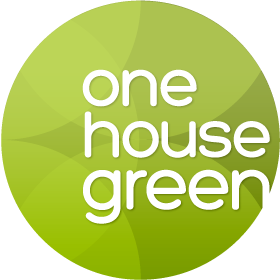We live in a predominantly heating climate. So if we are to reduce with any significance, our energy bills over the course of the year. We need to start taking a look at using that big red fire ball in the sky to help out with some of the bills.
I read somewhere that:
“Enough energy falls in one square meter of the earth to fully power a 2400 square foot house over the course of one day.”
That is a really sobering thought.
Efficiency wise we can’t even come close to that with a pv panel, a solar thermal panel, or passive solar design for that matter, but it is encouraging to know that the energy is there, we just need to figure out how to tap into it. I believe that passive solar design is an area that desperately needs some consideration. While I know it won’t achieve us energy independence it alone is probably the most cost effective, efficient and easiest to implement of all the green technologies and systems. The principle behind passive solar is really simple: in winter, allow the sun to strike an object of high thermal mass during the day. Then allow that object to radiate its stored energy back into the space at night. In summer, design details take advantage of the sun’s higher angle to the horizon, shading the high thermal mass objects from direct contact ultimately keeping the building cooler.
This type of design can significantly round off the highs and lows in temperature swings not just from season to season but from day to day as well. More advanced passive solar designs such as “trombe walls”, thermal storage walls, and collective loop designs can all more efficiently and more creatively heat and in some cases actually even cool the living environment. Other keys to a successful passive solar design revolve around some of the core philosophies of green building lot selection. For our climate (northern hemisphere, predominantly heating) a long property line with unobstructed south exposure is ideal. This allows for the best quality of sun exposure that can also be controlled in the summer. While we do receive a great deal of sun from the east and west, these sun angles are not as easily controlled by simple design details, and can result in over heating of the living space.


